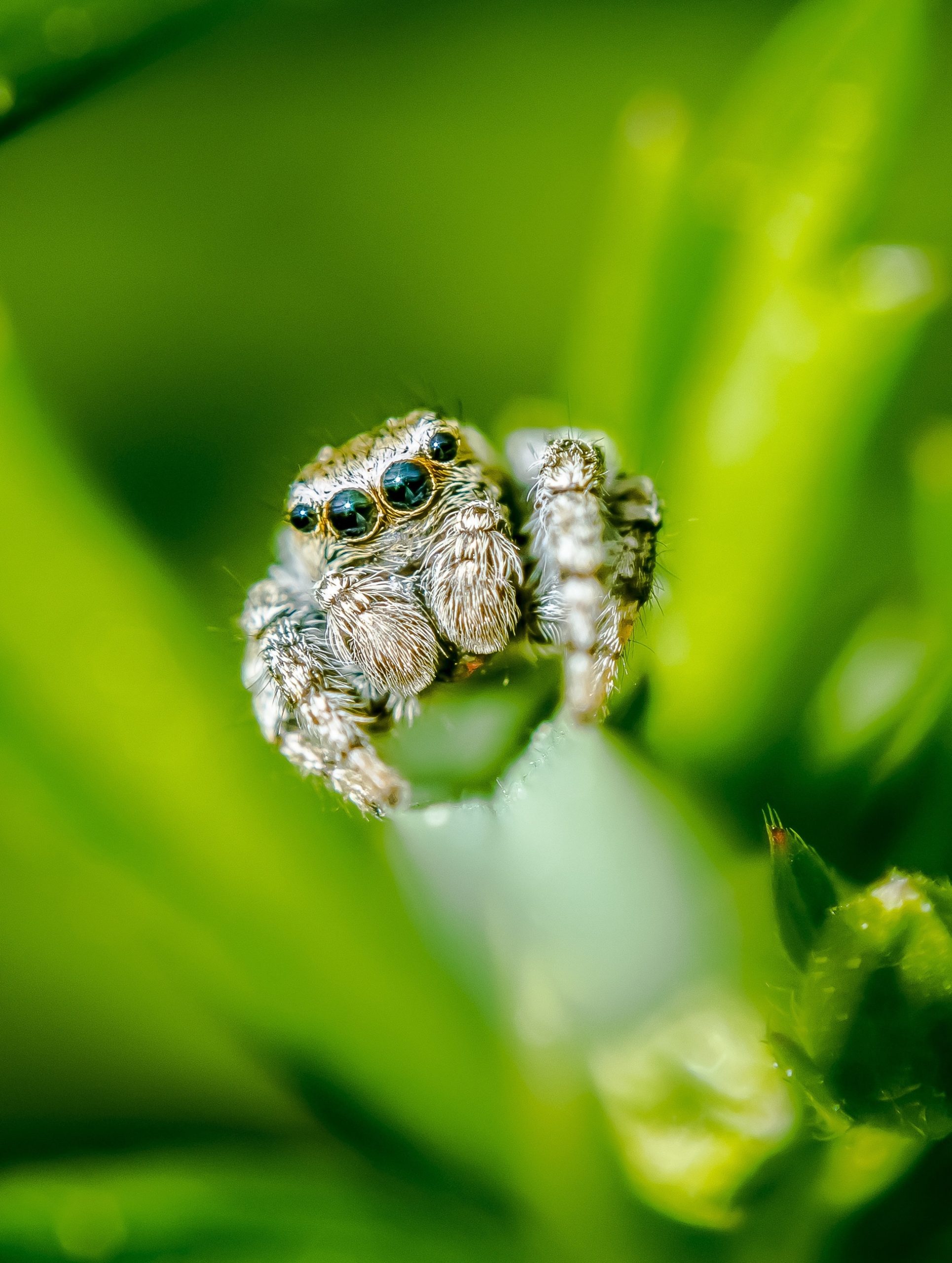An Axolotl as a Pet: The Fascinating World of the Mexican Newt
Keeping exotic pets has become increasingly popular in recent years. And one of the most intriguing choices is the Axolotls (Ambystoma mexicanum), also known as the Mexican newt. This special amphibian species has captured the hearts of people all over the world for their unique appearance and interesting behavior.
What has made these cute creatures wildly popular and loved is their remarkable rise in the gaming world. With their appearance in popular games such as Fortnite and Minecraft axolotls won over a whole new generation of gaming youngsters.
In this blog we will take a closer look at the world of the Axolotls as a pet. And we discover why they are so loved. Most importantly, we'll provide you with all the valuable information you need to get started on one yourself Axolotls as a pet.
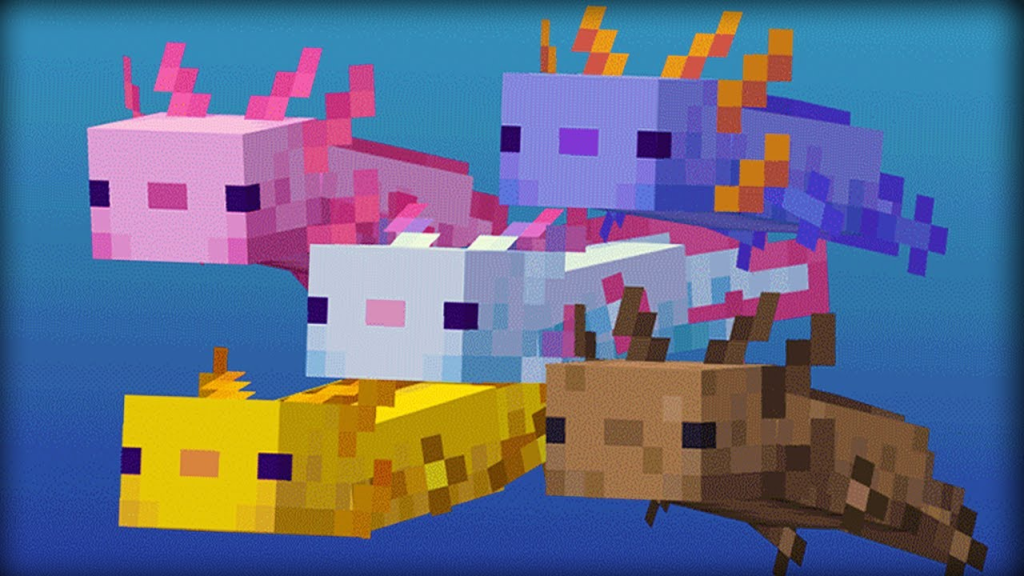

The Axolotl in the Gaming World
In addition to their popularity as pets in the real world, axolotls also made a remarkable advance in the gaming world. Especially in popular games such as Fortnite and Minecraft, these cute amphibians have been given a prominent role.
In Fortnite, they have become part of the game as playable characters. And being in Minecraft axolotls included as one of the latest additions to the game, allowing players to capture and care for these special creatures.
It is clear that the presence of axolotls in these popular games has contributed to their increasing popularity with younger gamers.
What is an Axolotl?
De Axolotls is a species of salamander that occurs naturally in and around some lakes in Mexico, in particular in Lake Xochimilco and Lake Chalco. axolotls (Ambystoma mexicanum) are fascinating and unique looking amphibians with a distinctive appearance that sets them apart from other salamanders and amphibians.
They have an elongated and slender body with a flat head, and four short legs with delicate fingers at each end. And their entire body is covered with smooth and velvety skin.
One of the most notable features of axolotls are their external gills. This is because these newts have the ability to remain in the "larval" stage throughout their lives. Which means they reach adulthood without the usual metamorphosis that other amphibians go through. These gills allow them to get oxygen directly from the water, making them completely aquatic animals.
Their unique appearance is completed by their long and graceful tail fin, which gives them the appearance of a "water dragon". This long tail is used for swimming, allowing them to move nimbly through the water. It is this unique appearance that makes many people fascinated by the Axolotls. And it certainly adds to their popularity as exotic pets.
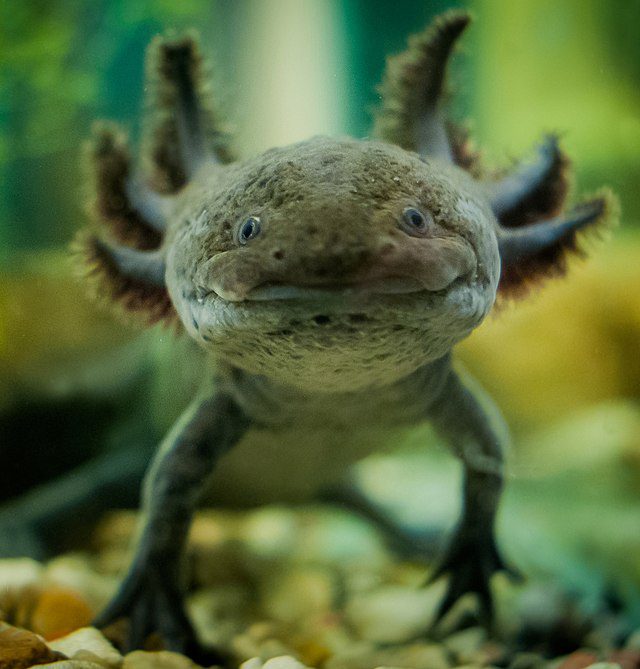
How old does an Axolotl get?
The average lifespan of a Axolotls varies. In general, they can live between 10 and 15 years in captivity.
Some axolotls however, can live even longer in captivity if they are well cared for and have a healthy living environment
If you're considering getting one Axolotls as a pet, it is important to carefully consider whether you want to care for this unique pet for the next 10 to 20 years.
What colors does the Axolotl come in?
axolotls come in a variety of colors and patterns, and their color can vary depending on their genetics, age, and health. The natural colors of axolotls range from different shades of brown, gray and green. These colors help camouflage them in their natural habitat.
In addition to the natural colors, many color varieties have also been bred through selective breeding. As a result of which axolotls have acquired a wide range of colors and patterns in captivity. Some of the most common color variations include:
Wildtypes: This is the natural color variant similar to the wild one axolotls. They usually have a dark brown or greenish color with dark spots or stripes.
Leucistic: Leucistic axolotls have a white or pale color with dark eyes. They lack most of the pigmentation and often have a pink tint to their skin.
Melanistic: Melanistic axolotls have an almost completely black color, with very little pigmentation. Their eyes can be dark, but also have a bit of pigmentation.
Albinistic: Albinistic axolotls have a completely white color and light eyes. They lack all pigmentation, giving them a bright appearance.
Gold: Golden axolotls have a clear, golden color that can sometimes have a shimmering effect.

What does an Axolotl eat?
A Axolotls is a carnivorous amphibian and in nature feeds on small prey, such as worms, insect larvae, small fish, crustaceans and other aquatic invertebrates. As a pet, you can feed your Axolotl a varied diet that provides them with the nutrients they need to stay healthy.
The power supply of a Axolotls consists of both live and whole foods Axolotls pellet feed. Here are some nutritional options for you Axolotls:
Axolotl Pellets: There are specially formulated pellets available specifically designed for axolotls and other salamanders. This pellets are formulated to contain all the essential nutrients that a Axolotls needs to stay healthy. Make sure the pellets be small enough for your size Axolotls, so they can be eaten easily.
A healthy and varied diet for a happy Axolotl: combine live foods with special Axolotl pellets for all essential nutrients. Offer worms, daphnia, shrimp and more as natural prey.
Living Food: Live prey are an important part of a diet Axolotls and can stimulate their natural hunting instinct. Suitable live food options include mosquito larvae, daphnia, earthworms, small shrimp and small fish larvae. You can obtain these prey from a specialty pet store or breed your own if you have the opportunity.
Frozen Food: Frozen foods such as mosquito larvae, bloodworms and daphnia are also suitable food options for axolotls. These food sources are convenient and retain their nutritional value.
Dried Food: Dried foods, such as dried shrimp or worms, can be given as an occasional treat, but should not be the main diet.
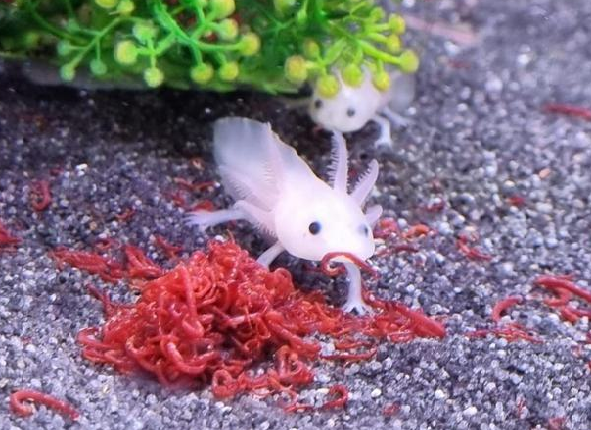

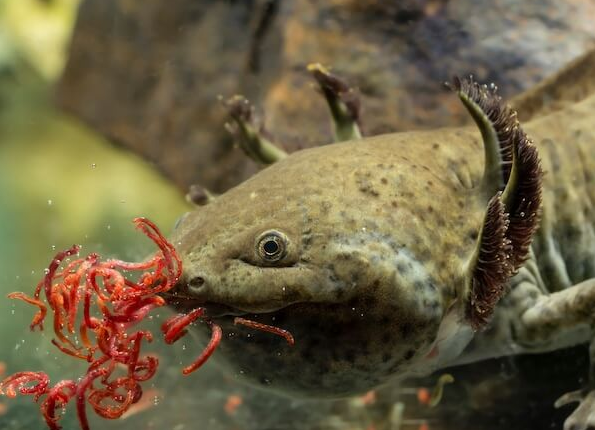
How do you feed an Axolotl?
Also make sure that the food is suitable for the size of your Axolotls. This is because prey that is too large can cause problems when swallowing. Do not use live food animals that are larger than the width of your head Axolotlsas this may cause a choking hazard
Feed you Axolotls only what they can eat in about 5 minutes. Overfeeding can lead to obesity and other health problems. Remember that younger axolotls need to be fed more than adults.
Choose suitable food such as Axolotl pellets and live food, avoid prey that is too large and avoid overfeeding. Help young Axolotls find food and keep a close eye on their health and weight.
axolotls have very poor eyesight, help your young one Axolotls on the way by offering food in a feeding dish, using tweezers or creating a fixed feeding place.
It is always a good idea to take a fast day every now and then. This to your digestive system Axolotls to rest. Keep a close eye on their health and weight and provide a balanced diet to help them thrive as pets.
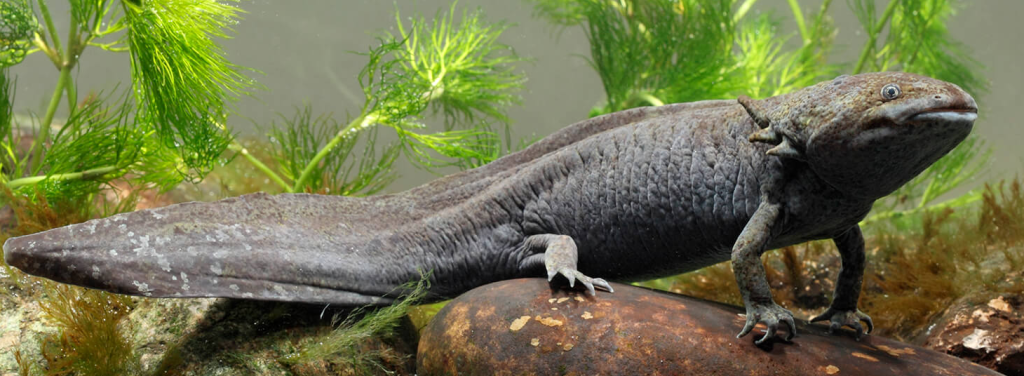
Choosing the Perfect Aquarium for your Axolotl
If you choose to have a Axolotls as pets, it is vital to create a suitable living environment for them. A spacious aquarium is essential, since axolotls can be quite active at times and need space to swim. A aquarium of 100cm long is suitable for one Axolotls.
If you plan on multiple axolotls it is essential to provide enough space. A roomier aquarium is always recommended. This is because these pets can reach a length of up to 30 cm when they are adults. Therefore, it is recommended to choose one aquarium of at least 100cm long and we recommend going slightly larger! So to choose an Aquarium of 120 cm long. Which equates to four times the length of an adult Axolotls. This more spacious environment will provide a comfortable living space in which they can swim freely and develop optimally.
A suitable living environment is vital for happy Axolotls. Choose a spacious 100 cm or 120 cm aquarium for your Axolotl, with a large horizontal surface for natural behaviour. Provide plenty of water depth and a tight-fitting lid to keep it safe.
Choosing the right thing aquarium for you Axolotls is essential for their well-being and health. Here are some important considerations to keep in mind when selecting the perfect one aquarium:
Size: axolotls need enough room to swim and move around, so choose one aquarium of sufficient size. If you plan on multiple axolotls keep it, make sure you have extra space. A bigger one aquarium is always better. Because it offers more room to move and it is easier to maintain the water quality.
Horizontal Surface: axolotls are aquatic creatures and benefit more from being wider and lower aquarium instead of a high aquarium. A low, horizontal surface gives them more room to swim and stimulates their natural behaviour.
Water depth: It aquarium must be deep enough for the Axolotls swim fully and allow their tail fin to move freely. A water depth of at least 30 centimeters is recommended.
Lid: Make sure it aquarium has a well-fitting lid to prevent that axolotls to escape by accident.
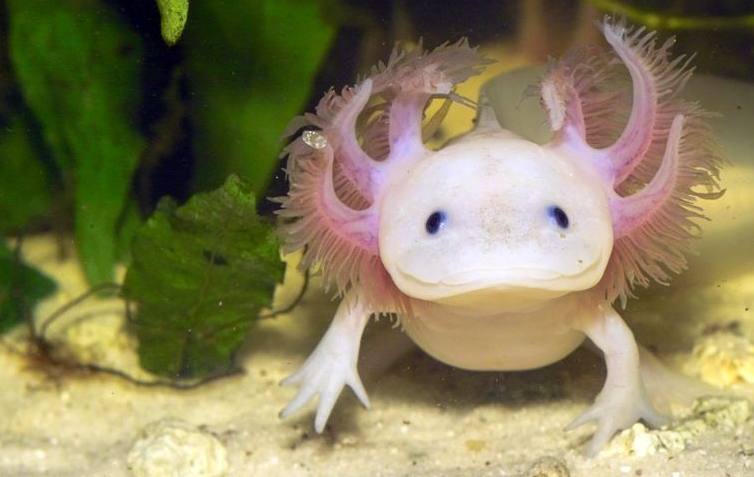
Create the Perfect Living Environment for your Axolotl
Maintaining good water quality is paramount in keeping axolotls. Make sure you aquarium is equipped with a efficient filter system to effectively remove contaminants. axolotls prefer stagnant or weakly flowing water, so make sure the water movement is not too strong to avoid stress.
Temperature: It is essential to keep the water temperature between 16°C and 20°C as axolotls thrive best in cooler water. This allows them to be kept at room temperature and separate aquarium heating is not necessary. Note that it aquarium not placed in direct sunlight. Because this can raise the water temperature too much, which can be harmful to axolotls.
Good water quality is essential for happy Axolotls! Provide an efficient filter system, smooth running water and a water temperature between 16°C and 20°C. Avoid bright light and do not place the aquarium in direct sunlight.
Dimmed Light: Since axolotls are twilight and nocturnal animals, it is recommended to use dimmed and soft light in it aquarium to use. Bright light can cause stress. So avoid direct sunlight on it aquarium and provide appropriate lighting that mimics their natural habitat.
Water change: Regular water changes are crucial to prevent the build-up of harmful substances such as ammonia and to maintain a healthy water environment. Monitoring the water parameters and performing water changes are important aspects of caring for axolotls.
Ensuring optimal water quality, appropriate water temperature and appropriate lighting will help create a comfortable and stress-free living environment for your Axolotls. By meeting their specific needs, you can contribute to their well-being and health as happy and content pets.
Setting up an Axolotl aquarium
When decorate from the aquarium it is important to take into account the needs and behavior of axolotls.
The goal is to create a comfortable, stimulating and safe environment in which they feel comfortable and can develop into healthy and happy pets.
By providing hiding places, plants, and appropriate water movement, you can create a perfect living environment for you axolotls to enjoy.
axolotls have a very fragile and velvety skin, take this into account during your establishment!
Here are some tips to get the best out of you Axolotls aquarium decor to get:

substrate: Choose a soft substrate such as fine sand for the bottom of it aquarium. Avoid sharp or coarse ground covers, as they can damage sensitive skin axolotls can damage.
shelters: Provide plenty of hiding places. You can create this by using different types of wood, rocks and plant. Of course, there are also ready-made shelters in the form of ornaments. axolotls are shy animals and feel safe if they can hide, so make sure there are plenty of hiding places in it aquarium.
The benefits of natural furnishing for Axolotls: Stress relief, stimulating behavior, biological balance, oxygenation, physical stimulation and aesthetic appeal.
Plants: Choose different types of aquarium plants that can serve as hiding places for you axolotls. Suitable plant species include Java peat moss, Anubias, and Java fern. Keep in mind that axolotls sometimes plants can get churned up, so make sure you have sturdy plants that are well secured.
Water movement: As mentioned before, hold axolotls not from a strong water current. Choose one filter keep water movement to a minimum and ensure that the filter outlet does not create a direct strong current.
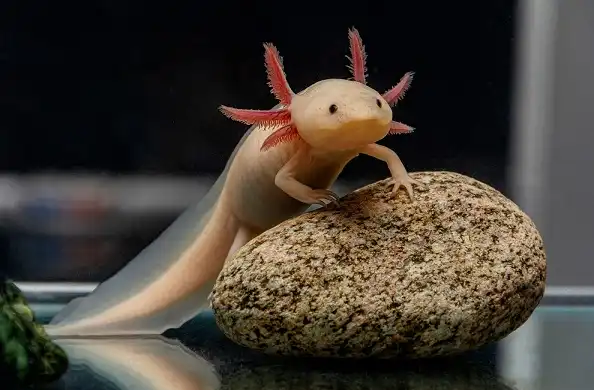
The benefits of natural furnishing for your Axolotl
A natural one establishment for a Axolotls is so good because it provides multiple benefits that contribute to the well-being and health of these amphibians
Stress reduction: A natural establishment with enough shelters, plant and other natural elements axolotls a sense of security. This allows them to withdraw and feel less stressed, which is beneficial for their overall well-being.
Stimulating behavior: Natural establishment stimulates natural behaviour axolotlssuch as exploring their environment, hunting prey and hiding. This can promote their physical and mental health.
Biological balance: Live plants in the aquarium contribute to the biological balance. They help reduce harmful substances such as ammonia and nitrate in the water and promote healthy water quality.
The benefits of natural furnishing for Axolotls: Stress relief, stimulating behavior, biological balance, oxygenation, physical stimulation and aesthetic appeal.
Oxygen supply: Plants in the aquarium produce oxygen as a by-product of photosynthesis, which improves the oxygen supply in the water and contributes to a healthy environment for axolotls.
Physical stimulation: A natural establishment with rocks, branches and other elements provides opportunities for physical stimulation and movement. axolotls can climb, explore and engage in physical activity, which keeps their muscles and joints healthy.
Aesthetically appealing: A well decorated aquarium with live plants and natural elements is aesthetically pleasing and can provide an enjoyable viewing experience for you as an owner.

Can You Keep Axolotls Together?
Yes, axolotls can in principle be kept together. It is important to know that it has no positive benefits for you axolotls to be kept together with a congener. If you don't want to breed with you axolotls we therefore recommend that you keep them alone. If you still want to keep several Axolotls together, there are some important considerations and conditions that you must meet:
Kindred: axolotls are generally solitary animals and usually live alone in the wild. If you choose multiple axolotls keep them together, make sure they are of similar size and age. It is recommended not to axolotls of different sizes together. This is because larger Axolotls can injure smaller ones during feeding or territorial behavior.
Enough space: A spacious aquarium is essential if you have several axolotls want to keep together. axolotls can be quite active and need plenty of swimming space. As a rule of thumb, it is recommended to use 40 liters of water per Axolotls to provide, and even more so when they are adults. Make sure it aquarium big enough for each Axolotls enough space to move comfortably.
Yes, Axolotls can technically be kept together. They are generally solitary animals so it is advisable to keep them alone if you do not wish to breed. If you do want to keep several Axolotls together, make sure you have conspecifics of similar size and age. A spacious aquarium with plenty of swimming space and hiding places is essential. Feed them individually to avoid competition and stress.
Suitable furnishing: When loving together axolotls it is vital to have a suitable one establishment to create sufficient shelters, plant and other elements. This is to minimize territorial behavior and stress. Each Axolotls must have enough space to retreat and feel safe.
Nutrition: Make sure all axolotls get enough food. It's important to make sure each Axolotl gets enough food when feeding. If you notice a Axolotls exhibit aggressive behavior during feeding, consider feeding them separately to avoid competition and stress.
Monitoring: Keep the axolotls carefully to ensure a harmonious interaction. If you notice a Axolotls constantly harassing another or displaying aggressive behavior, it is wise to separate them and keep them separate to avoid injury.
Although it is possible to axolotls together, it is important to remember that each individual is unique and that their tolerance for others axolotls may vary. If you decide to have multiple axolotls together, make sure to closely monitor their behavior and interactions to ensure they can coexist peacefully and have a comfortable living environment.
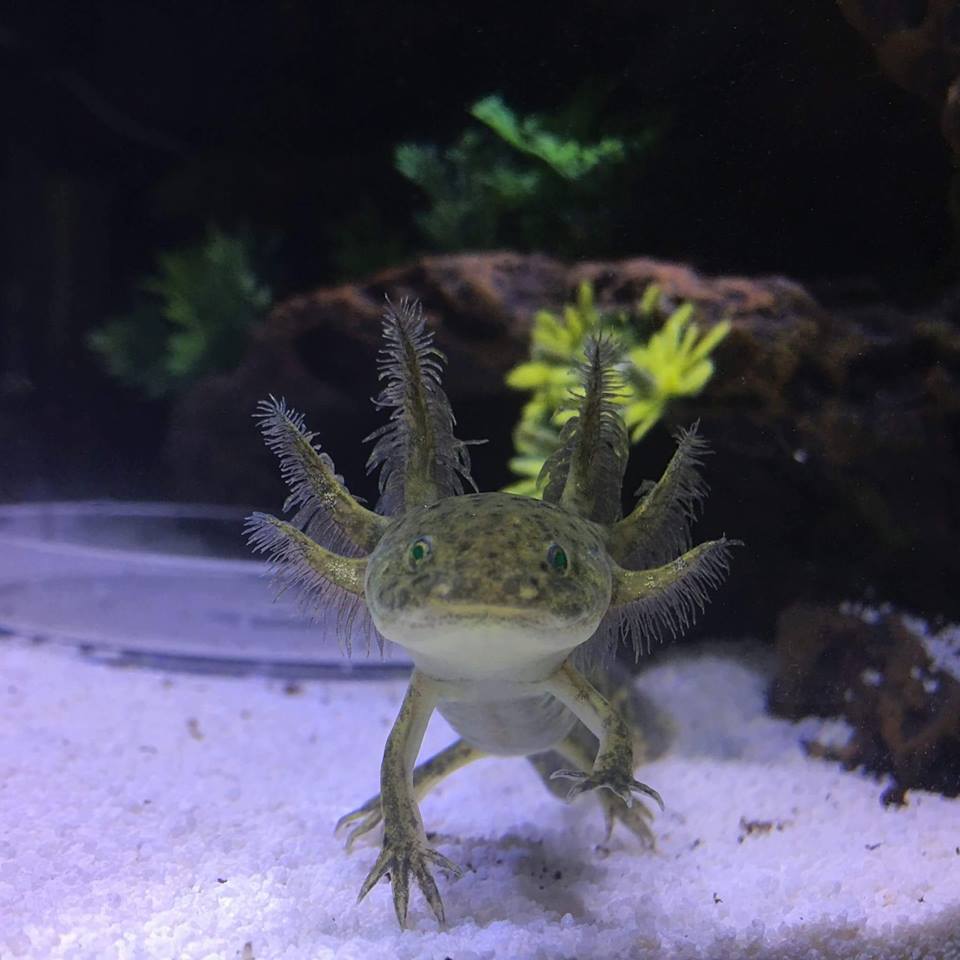
Can you keep Axolotls with other animals?
No it is not recommended to you Axolotls to keep with other animals.
Loving together axolotls with other fish or amphibian species can be risky as some fish can be aggressive and bite on the fins of axolotls can nibble, while some amphibians can spread harmful bacteria.
Common Problems in Keeping Axolotls
The loving of axolotls as a pet is a fun and special hobby. It is also important to be aware of the potential challenges you may face as an owner.
Water quality: One of the most crucial aspects of caring for axolotlsis to maintain good water quality. axolotls are sensitive to pollution and can develop health problems if water parameters are not balanced. It is essential to perform regular water changes, test the water for ammonia, nitrite and nitrate, and invest in a high-quality filter system.

Temperature regulation: axolotls thrive best in cooler water, usually between 16°C and 20°C. High water temperatures can cause stress and weaken the immune system Axolotls weaken, making them more susceptible to disease. Make sure it aquarium placed in a place where it is not exposed to direct sunlight or heat sources that can raise the water temperature.
Keeping Axolotls as pets can be a rewarding experience, but as an owner you should be aware of the challenges. Provide good water quality, proper temperature control, prevent disease and offer a varied diet to ensure the health and well-being of your Axolotls
Diseases and infections: axolotls can be susceptible to a variety of health problems, including skin infections, parasites, and bacterial ailments. It is important to axolotls regularly observe for signs of illness, such as changes in behavior, loss of appetite, or abnormal appearance. At the slightest suspicion of illness, it is advisable to consult an experienced veterinarian familiar with amphibians.
Feeding problems: axolotls are predators and need a varied diet to meet all their nutritional needs. Some axolotls can be picky with food, which can lead to feeding problems. Provide a varied diet of live foods and high-quality Axolotl pellets to ensure good health and growth.
Stress factors: axolotls are susceptible to stress, which can lead to health problems and reduced quality of life. Stress can be caused by an unsuitable living environment, overhandling, an irregular feeding schedule, or unwanted interactions with other animals. Provide a calm and safe environment for the axolotls to minimize stress.
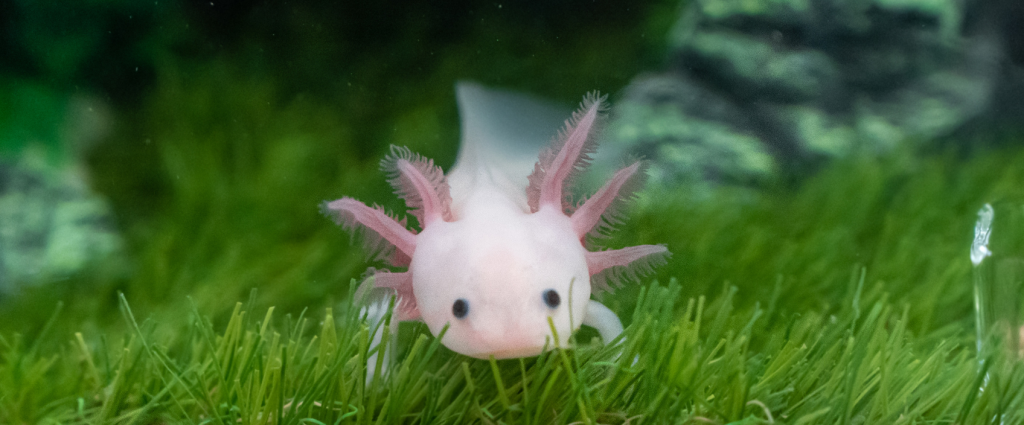
The regulations for Axolotls in the Netherlands
fall in the Netherlands axolotls under CITES Appendix B. This means they are considered exotic species. And that specific rules and regulations apply to their trading and possession.
CITES (Convention on International Trade in Endangered Species of Wild Fauna and Flora) is an international treaty that aims to protect endangered animal and plant species from excessive trade and exploitation. axolotls are listed on Appendix B of CITES due to their status as a vulnerable species in the wild.
In the Netherlands, Axolotls fall under CITES Appendix B due to their status as a vulnerable species in the wild. This means that keeping, trading, importing and exporting Axolotls can be subject to permits and regulations.
In the Netherlands this means holding, trading, importing and exporting axolotls may be subject to certain permits and regulations. If you plan to axolotls as a pet, it is important to be aware of local laws and any requirements that may apply.
The CITES treaty aims to ensure that wildlife trade is sustainable and responsible. This is to ensure their survival in nature. That's why it's critical for Axolotl enthusiasts to be aware of the regulations. And also comply with them to contribute to the conservation of this fascinating and special animal species.



